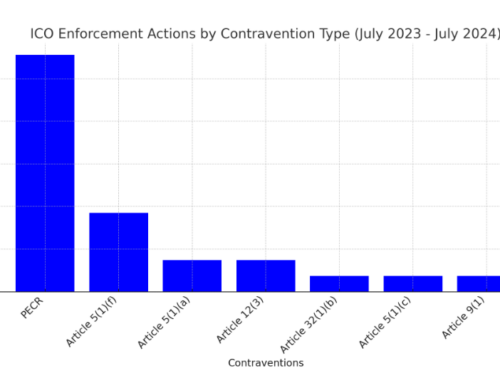Someone I know once sent a letter addressed: Flat 3, Large Victorian House divided into flats, at the top of a hill on a large road near a school, by Reading West Station, Reading, Berks.
And do you know what?
It was delivered within a week. Shows just how well the posties knew their local area!
Shame satnav doesn’t have the same contextual knowledge! There’s the famous story of the Amazon driver that got sacked for delivering a parcel to a field or similarly the one where a team of building society employees on a Christmas coach trip to France wound up in neighbouring Belgium – seven hours away – after Google Maps got Lille the city confused with Lille the village, and no-one noticed? Likewise, a class of school children ended up in the very un-historic residential street of Hampton Court in Islington, London, rather than Henry VIII’s Tudor stronghold, Hampton Court Palace.
Travel mishaps and delivery chaos aside addresses and postcodes are truly remarkable things, I am therefore, confounded that some organisations are questioning the value of a postal address within their customer data.
Some argue that they now do things 100% online so a postal address isn’t relevant. Whilst others are shunning it in favour of the arguably trendier what3words – the three-word address for every 3x3m square on the planet. Countries with less formal infrastructure such as South Africa and Mongolia have been very quick to adopt this new type of address, as addresses in these areas can be very vague which can cause issues for the emergency services and delivery drivers. In Mongolia a retail bank now actively asks customers to register their three-word address as their contact details rather than their ‘official address’ so this is entered into their customer file on the bank’s database and Daimler’s sat nav product now includes a What3words option. However, for me, a three-word address in Hanover Street in Boston, Massachusetts sums it up perfect: wants.proper.data
Even if an organisation is 100% online and has no wish to send postal communications to their customer base an address is still an incredibly useful piece of information. Just ask Professor Richard Webber, who is the father of modern segmentation having devised both Acorn and Mosaic. The old adage that birds of a feather flock together largely remains strong and despite huge changes in social mobility and housing, to the point that you can find multimillionaires rubbing shoulders with less affluent neighbours, when you drill down to full postcode level the descriptors tend to be very insightful. Furthermore, without address data in your dataset you will be unable to have a true understanding of your customer base and where they come from. Is it important to know that a
disproportionate amount of people from Winchester subscribe to your online magazine – yes of course it is! It shows that your product is resonating well in that area and that when it comes to marketing you should optimise your budget to reach similar people in the same area. If any of the social giants didn’t capture address data of their account holders they would be unable to target people in certain locations which remains one of the most prevalent requests for social media targeting.
Moreover, with increasing numbers of organisations turning to computers to make decisions from insurers calculating a customer’s risk profile through to airlines looking to work out how much food and drink to carry onboard. Every industry without exception can apply analytics to its data to make faster, more informed decisions. And address data is a critical part of this. The algorithm being built with the understanding of where someone lives will enrich the decisions that are being made. Furthermore, given the requirement for explainability, address data when combined with other data sets, is often one of the key decisioning points which makes it easy to explain to customers exactly why decisions have been made. Without address data, this becomes very much harder.
Whilst many businesses might no longer be using their address data in a traditional sense for mailing purposes, it is still a critical data point for any organisation irrespective of whether they are purely digital or not.





